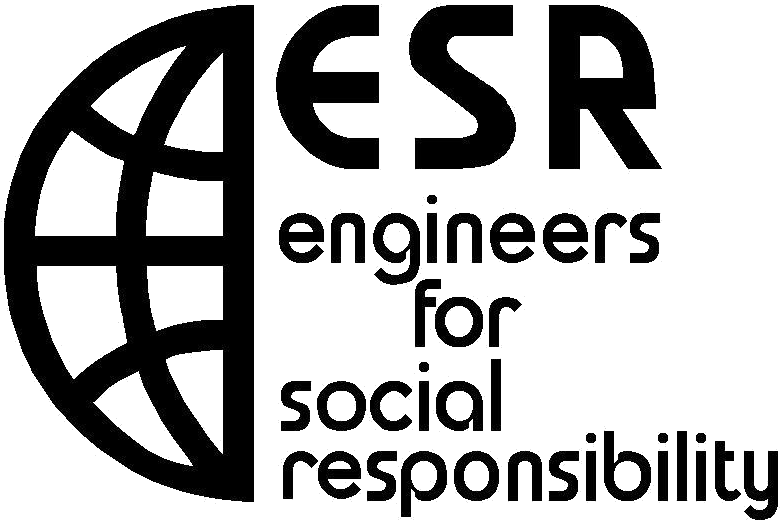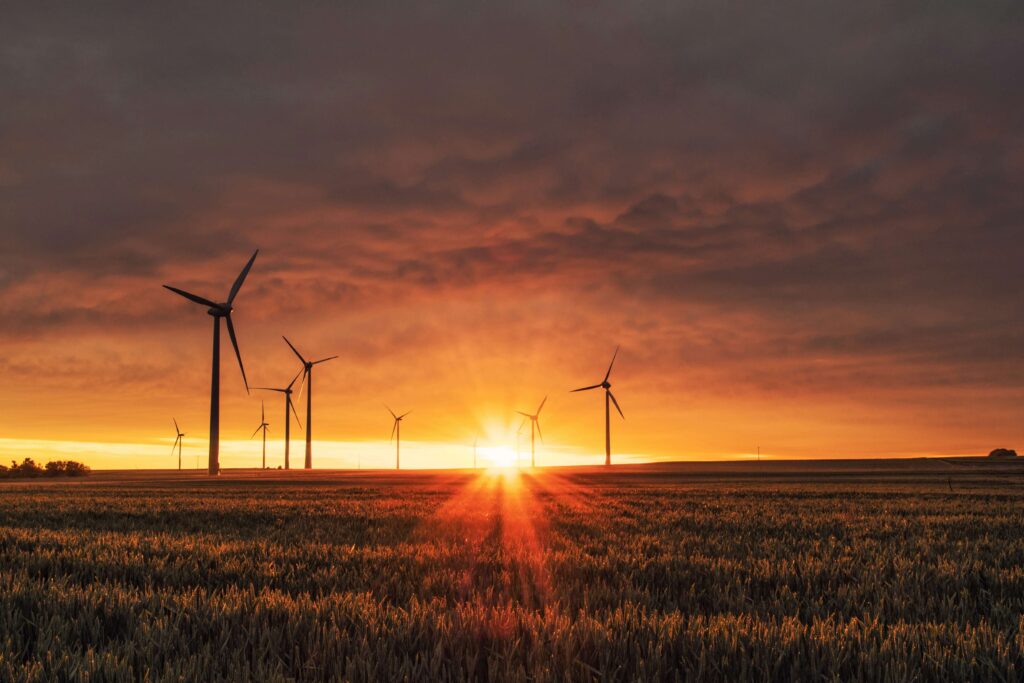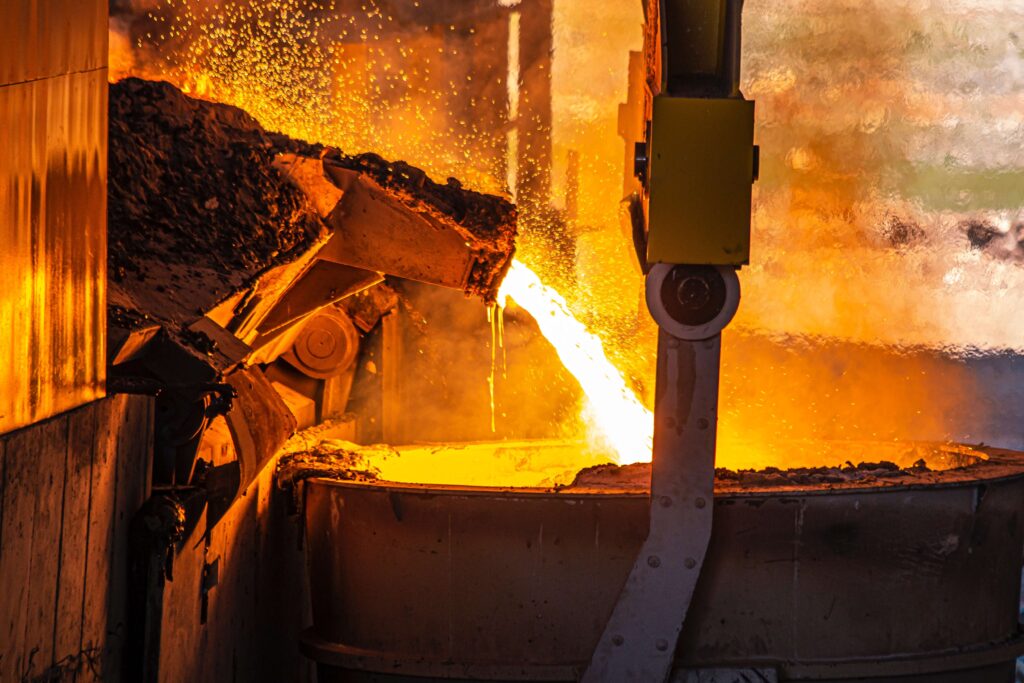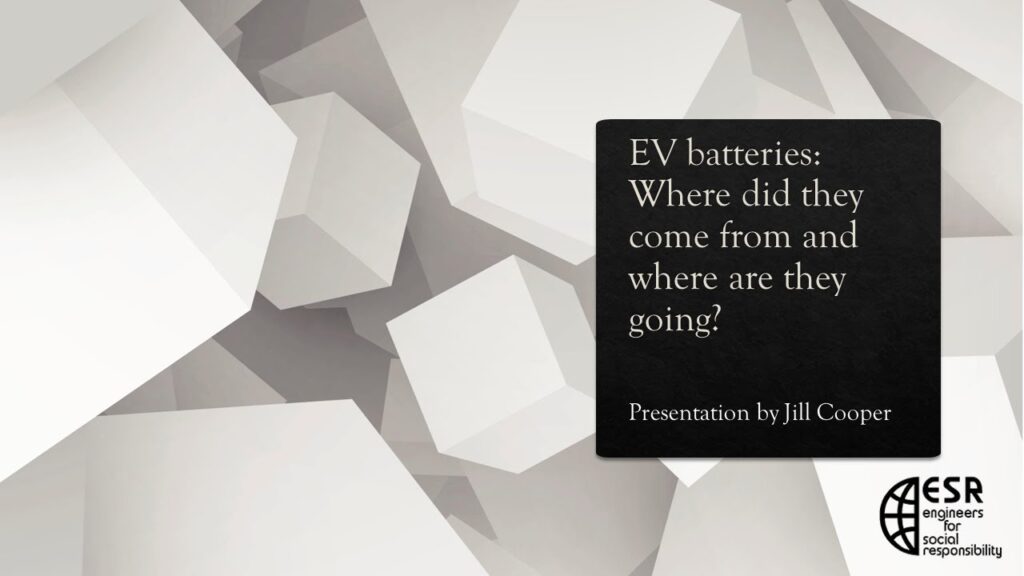Posts Tagged ‘Materials’
April 2025
CONTENTS: From sewage and scum to swimming in ‘blue gold’: how Switzerland transformed its rivers – UK scientist wins prize for invention that could help avert ‘phosphogeddon’ – Nearly 100% of lithium recycled in latest research – UQ researchers set new solar cell world record – Plants are losing their appetite – WMO report documents spiralling weather and climate impacts – Trump Administration plans to gut NOAA – Climate crisis on track to destroy capitalism as we know it, warns top insurer
Read MoreJanuary 2025
CONTENTS – Global CO2 emissions in 2024
– Climate crisis effects on Earth’s water cycle – US homeowners in disaster-prone states face soaring insurance costs – Climate change and geopolitics – EU’s electricity mix in 2024 – Toxic PFAS pollution in UK and Europe – Flatulence tax: Denmark agrees deal for livestock emissions levy – Sites without sound: Oslo leads in quiet, low emission electric construction – Report says blue hydrogen gives false hope for green steel – How to make oxygen on the moon – Recommended reading – ESR Prizewinner, Zion Young
Submission in response to the Crown Minerals Amendment Bill 2024
This submission relates to the Crown Minerals Amendment Bill, on which public submissions opened on 26 September 2024. ESR very strongly recommend that the ban on offshore oil and gas exploration not be removed. Instead, we need to be taking very rapid action to reduce our emissions by moving away from the use of fossil fuels.
Read MoreAugust 2024
This newsletter includes potential new uses of wood; a process for potentially reducing cement emissions; a process which could reduce green hydrogen production costs; a new catalyst for efficiently converting ammonia to hydrogen etc.; converting trucks from diesel to hydrogen combustion; and Danish measures to reduce methane emissions and make its agricultural sector more sustainable. It ends with a reminder of the impacts of the climate crisis on the world’s oceans.
Read MoreGreen steel
Steel is one of those materials that we cannot imagine a future without. Although there are some applications where wood based materials can replace it, its just such a useful material and it can be fully recycled, so surely there’s a way of producing it which doesn’t cost us the earth.
Read MoreEV Batteries – Where Did They Come From and Where Are They Going?
Several years ago, Li-ion batteries, as used in mobile phones, computers, portable tools and a myriad of other devices were considered a fairly benign object, except for the possibility that they may rarely, spontaneously burst into flames. There was little conversation about how they were made and what you might do with the old, worn out ones. All that changed when Nissan and Tesla brought out electric vehicles that were capable of replacing fossil fuelled vehicles and governments started to adopt strategies to encourage EV uptake in our private transport fleets.
Read More









